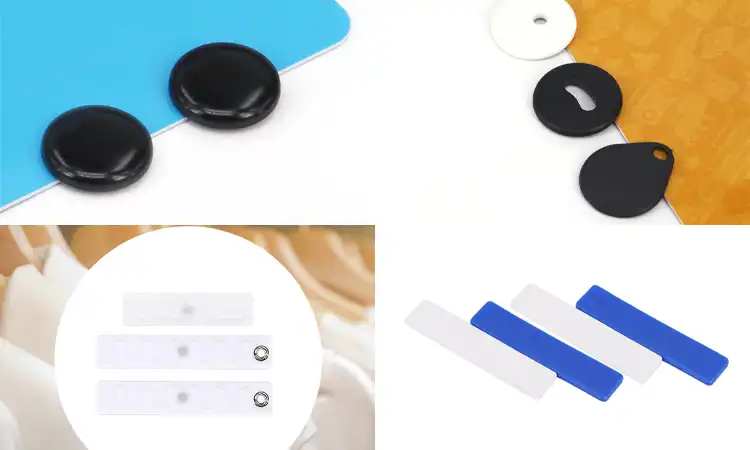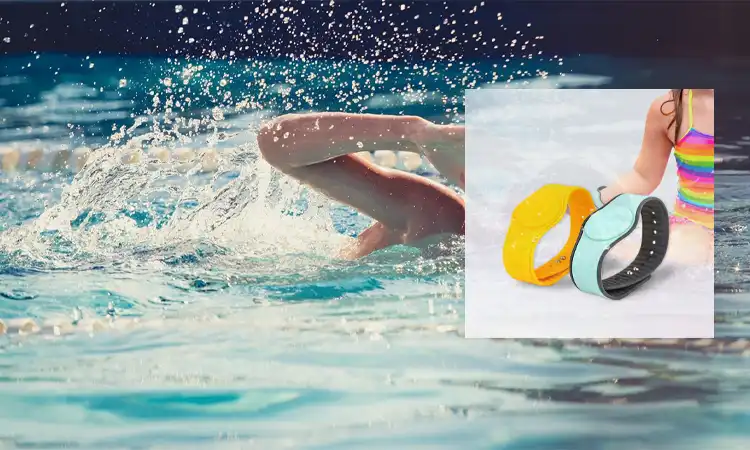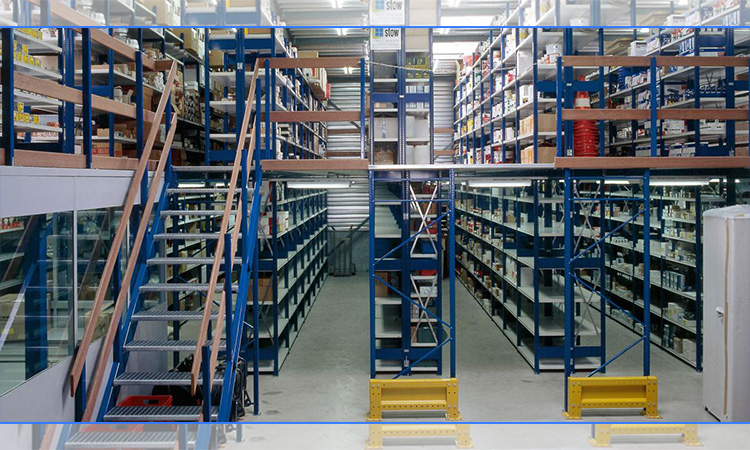RFID tags are a widely used technology for tracking and identifying objects in various industries. However, with the increasing demand for waterproofing solutions, knowing whether Waterproof RFID tags can withstand water exposure is essential. This article aims to answer the critical question, “Are Waterproof RFID Tags Really Waterproof?” We will explore the effects of water on RFID performance and discuss different types of waterproof RFID tags, including their benefits and drawbacks and the cost considerations involved in their implementation.
Waterproof RFID tags are designed to withstand exposure to water and other harsh environmental conditions. These tags are typically encased in materials such as polyethylene, polypropylene, or silicone. They provide a barrier against water and other liquids.
In general, waterproof RFID tags should withstand exposure to water and other liquids for extended periods without being damaged or losing their functionality. However, the exact level of protection can vary depending on the tag’s design and construction.
While these materials offer a degree of protection against water, not all RFID tags are created equal. Some tags may be labeled as “water-resistant” or “splash-proof.” This means they can withstand limited exposure to water but are not fully waterproof.
It’s important to note that even waterproof RFID tags may not be fully immune to damage in all circumstances. For example, prolonged exposure to salt water or extreme temperatures can cause some tags to fail or malfunction.
Businesses should carefully test their needs and choose RFID tags designed to meet their specific environmental requirements. It’s also important to properly install and maintain the tags to ensure their longevity and functionality. With proper care, waterproof RFID tags can provide a reliable and durable asset tracking and inventory management solution in various challenging environments.
Waterproof RFID Tag Type

There are several types of waterproof RFID tags available, including passive and active tags, wristband tags, and adhesive tags. Passive waterproof RFID tags are typically cheaper than active tags but have a shorter read range. Wristband RFID tags are commonly used in water parks, swimming pools, and other aquatic environments. Adhesive waterproof RFID tags are designed for harsh environments, including exposure to chemicals, salt water, and extreme temperatures.
Waterproof Passive RFID Tag
Passive RFID tags are a popular choice for asset tracking and inventory management due to their low cost and ease of use. However, passive tags are typically less robust than active tags, and they can be more susceptible to damage from exposure to water, particularly if they are not designed to be waterproof. Waterproof passive RFID tags were developed to overcome this limitation. They can withstand exposure to water without affecting their performance.
Waterproof passive RFID tags are usually encased in a waterproof material. These waterproof materials include silicone or epoxy resins. They protect the tag from water damage. These tags can be used in various applications, including marine and outdoor environments with frequent exposure to water. In addition to water resistance, some models of passive RFID tags are resistant to extreme temperatures, chemicals, and UV radiation. This allows them to further enhance their durability.
While a passive waterproof RFID tag has many benefits, it has a distinct disadvantage – a limited read range. Its read range may be affected by factors such as the type of water in which it is immersed, the presence of other materials, and the tag’s orientation. This means they may not be suitable for applications requiring long read ranges or high-speed data transmission. However, waterproof passive RFID tags can be an effective and cost-efficient solution for applications such as asset tracking and inventory management, where proximity-based identification is sufficient.
Waterproof passive RFID tags offer a reliable and affordable option for water exposure applications. They are widely used in agriculture, transportation, and logistics industries, where asset tracking and inventory management are critical to business operations. The availability of different types of waterproof passive RFID tags on the market. This means businesses can choose the best option for their specific needs, whether a silicone-encased tag for marine environments or an epoxy resin tag for harsh chemical exposure.
Wristband Waterproof RFID Tag
Wristband RFID tags are a popular choice for access control and identification in aquatic environments such as water parks, swimming pools, and beaches. These tags are typically waterproof and can withstand prolonged exposure to water without losing functionality. Depending on the application and user’s preferences, they are available in different sizes, shapes, and materials, including silicone, PVC, and nylon.
Wristband RFID tags typically work by using passive RFID technology, where the tag relies on a reader’s electromagnetic field to power up and transmit data. The tag’s antenna picks up the reader’s signal. It uses it to transmit a unique identifier code to the reader, which can then be used for identification or access control purposes. Wristband RFID tags can be pre-programmed with specific data to streamline operations and reduce wait times. Such as customer information or access credentials.
In addition to their waterproof capabilities, wristband RFID tags offer several other benefits over traditional identification methods, such as barcodes or magnetic stripe cards. They are more durable, reducing the need for frequent replacement, and can be read from a distance. This makes them ideal for high-traffic areas. Wristband RFID tags also eliminate the need for physical contact. It reduces the risk of contamination or infection transmission. This makes them ideal for use in healthcare settings or events.
However, its read range is equally susceptible to factors such as the size and shape of the tag, the material, and the tag’s orientation. The researchers used more advanced RFID technology in some of their wristband RFID tags to overcome this limitation. Examples include active RFID or ultra-high frequency (UHF) RFID. They offer longer read ranges and faster data transfers.
Wristband RFID tags are a versatile and reliable identification and access control solution in aquatic environments. They offer several advantages over traditional identification methods, including durability, contactless operation, and improved efficiency. With different materials and technologies available, businesses can choose the best option for their specific needs and budget.
Adhesive waterproof RFID tags are a versatile and reliable solution. It suits various applications, including asset tracking, inventory management, and supply chain logistics. These tags are often small and compact and can be attached to many surfaces. These include metal, plastic, and wood. This advantage makes them ideal for use in harsh and demanding environments.
Adhesive waterproof RFID tags come in a variety of sizes and shapes. You can customize rectangular, round, and square to suit your needs. They are usually made of materials such as polyester or polypropylene. They can also be pre-printed with bar codes or other identifying information to simplify the identification process.
Adhesive waterproof RFID tags are extremely durable. They can resist various environmental factors such as water, humidity, and temperature fluctuations. They are designed to withstand exposure to harsh elements without losing functionality or readability. This makes them ideal for use in outdoor settings, such as construction sites, oil rigs, or shipping yards, where traditional tracking methods may be ineffective.
Sticky waterproof RFID tags are also very easy to install and versatile. They can be attached to a wide range of surfaces, including curved and irregular shapes, using various attachment methods, such as adhesive backing or screws. This allows businesses to track and monitor their assets or inventory more effectively, regardless of size or shape.
But it also has problems that are difficult to solve. Its adhesive strength is easily affected by factors such as surface type, temperature, and humidity. You can choose labels with strong adhesive backing to ensure reliable adhesion and apply labels to clean and dry surfaces.
Waterproof RFID Tag Cost
The cost of waterproof RFID tags can vary depending on various factors, including the type of tag, its functionality, and the quantity ordered. In general, passive RFID tags are less expensive than active tags, as they do not require a battery and have fewer components. The cost of adhesive waterproof RFID tags can range from a few cents to several dollars per tag. This depends on the quantity ordered and the application’s specific requirements.
Wristband waterproof RFID tags are mostly used for access control and event management. Depending on the material, design, and function, the price sold on the online platform may vary. Some wristbands may include additional features, such as NFC or QR code technology, which can increase costs.
Waterproof RFID tags designed for use in harsh or demanding environments can be more expensive. This is because it is durable and resistant to environmental factors. You can use it in harsh environments such as oil rigs or shipyards. These tags range from a few dollars to several hundred dollars per tag. They depend on the specific requirements of the application.
The cost of waterproof RFID tags has decreased in recent years due to technological advances and increased demand. More and more companies are adopting RFID technology for asset tracking, inventory management, and supply chain logistics. We believe that the cost of these tags will continue to decrease in the future. It will become a more accessible and cost-effective solution for a wide range of applications.
RFID Tag Waterproof technology has made significant strides in recent years. They allow businesses to track assets and inventory in harsh environments. While water can interfere with RFID signals, there are many waterproof RFID tag options available that can withstand exposure to moisture, rain, and even submersion. Choosing the right RFID tag waterproof solution can help ensure reliable data collection and asset tracking in any environment.
More Questions About RFID Waterproof
Does Water Damage RFID?
Water and electronics are not always the best of friends. Regarding RFID technology, the presence of water can cause problems. Water is an excellent conductor of electricity, and when water comes into contact with RFID tags, it can interfere with signal transmission. RFID readers use radio waves to communicate with the tags; water can block or absorb those waves. Water can also create a damp environment that can corrode the RFID tag’s components, leading to failure.
Saltwater can be particularly problematic as it is a better conductor than freshwater, which means that signals can be absorbed more quickly. Chlorinated water can also impact RFID performance as chlorine is an excellent absorber of radio waves. The length of time an RFID tag is exposed to water can also impact its performance, with longer exposure times leading to greater damage. The presence of metals or other materials in the water can also exacerbate the damage.
Real-world situations, such as exposure to water during transportation or storage, can lead to water damage in RFID tags. Selecting the right type of waterproof RFID tag is important to avoid water damage and ensure reliable performance.
Does RFID Work Underwater?
RFID technology has been successfully used underwater in various applications. However, water does impact the performance of RFID tags as it absorbs radio waves, leading to signal loss and reduced read range. Research has shown that RFID tags can work underwater up to certain depths, depending on the frequency of the tags and the water conditions. Using higher frequencies, such as UHF and microwave, can increase the range of RFID tags underwater. In practical applications, RFID has been used in underwater asset tracking, aquatic animal monitoring, and underwater navigation. While RFID can work underwater, it is important to consider the impact of water on tag performance and select the appropriate tag frequency and type for the specific application.
Does Rain Affect RFID?
Rain can have a varying impact on RFID technology, depending on the type and intensity of the rain. In general, light rain is unlikely to affect RFID performance significantly. However, heavy rain can reduce the read range of RFID tags as the water can absorb the radio waves used by RFID technology. Acidic rain can also impact RFID performance as it can corrode the metal components of RFID tags. This can lead to signal loss and reduced read range. Real-world examples of RFID performance affected by rain include RFID tags on vehicles. They can become waterlogged during heavy rain. RFID tags on outdoor equipment can become damaged by acid rain over time. While rain can impact RFID performance, specialized waterproof RFID tags are available. These waterproof RFID tags can withstand exposure to rain and other types of water.











